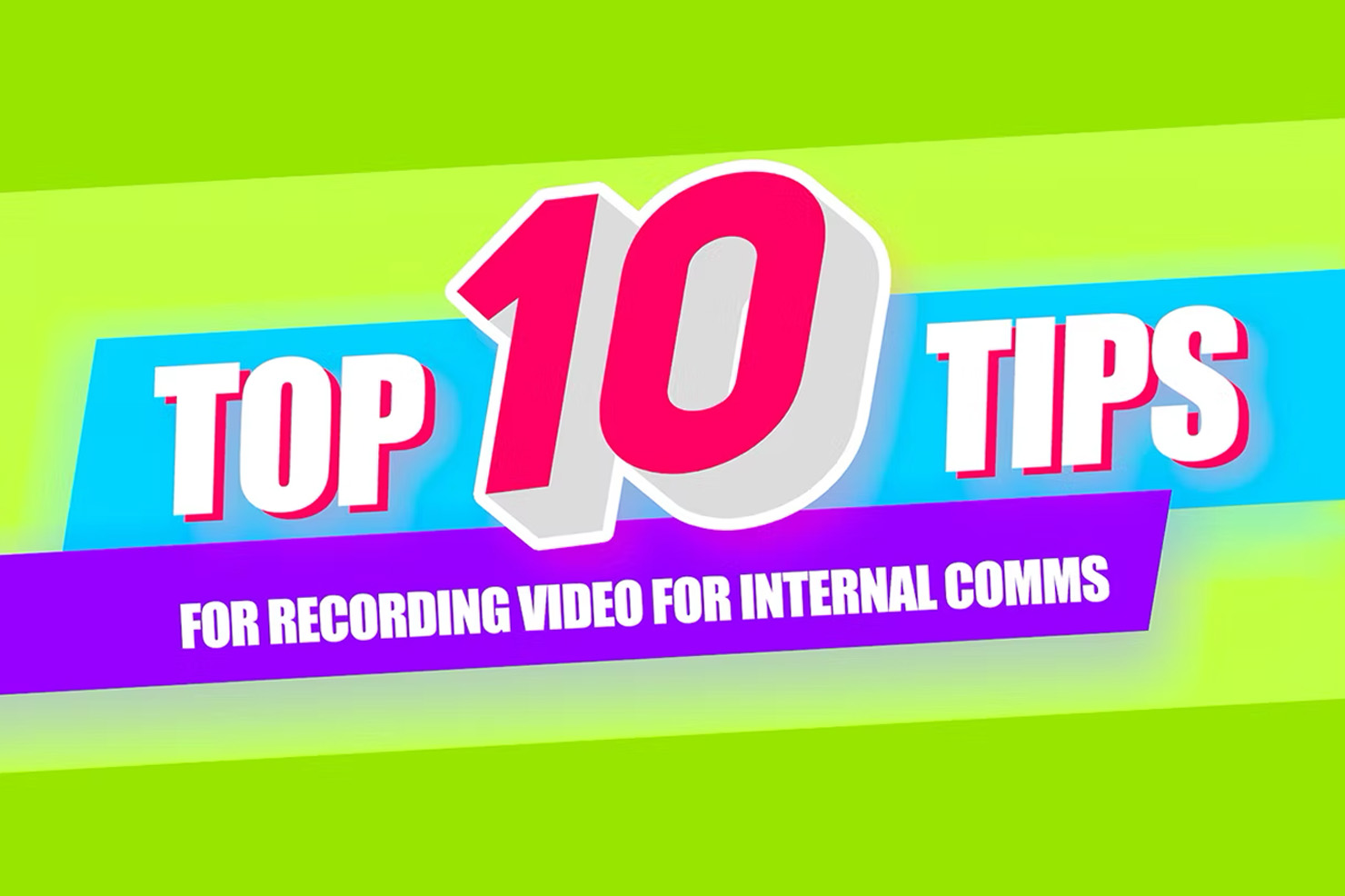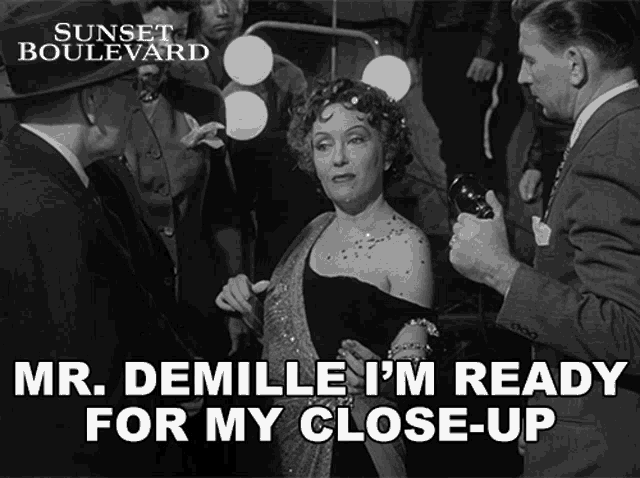New Year, New Message: How to Nail Your Start-of-Year Comms


We spend a lot of time here at Guru HQ helping our clients with their internal comms videos. It makes perfect sense that video is becoming ever more relevant and popular as the comms method of choice for businesses across the planet.
A video message can offer authenticity, credibility, and a level of engagement that a written piece just cannot deliver, no matter how eloquently penned. Complex messages can be delivered quickly and clearly, with visuals to clarify, and body language and vocal tones to reassure, if that’s what’s required.
A three-minute video can disseminate a lot of information far more effectively, efficiently, and engagingly than a bloated meeting or lengthy e-mail. And I’d bet the first ten doors on my [branded chocolate] advent calendar that the video keeps the attention of its viewers until the end better than the other two.
This is why smart businesses are increasingly including video content within their internal comms strategies. And why we often find ourselves recommending them when we complete comms health checks for those that aren’t.
The best news is that you don’t need an expensive set-up or an Open University degree in Media Tech’ to embrace the power of internal comms videos. If you’re one of the 92% of the UK population with a smartphone, you have pretty much everything you need to record a message that hits home with your people.
What you do need, however, are a few fundamental rules to follow if you are to maximise the quality of your content. And that is why we have made utter fools of ourselves to create our own Top Ten Tips for Internal Comms Videos video!

Tip 1 covers orientation and ratio. With a bewildering array of video ratios available, and different social media platforms preferring often incompatible shapes and orientations, it can be hard to know in what format to shoot your video.
We get a lot of raw footage shot on a phone in portrait mode, as if making a Facetime. And we totally get why that feels natural. But bearing in mind that most video will be watched in the workplace on a computer monitor, laptop or TV screen, our advice is to always go for landscape at 16:9.
In tip 2, we discuss recording resolution. Again, with a huge array of options and settings available, this can mangle the average communicator’s brain before they’ve started.
However, Full HD is usually your best bet and will provide perfectly adequate picture quality, unless your internal comms video on the planned changes to head office’s car park is going to be shown at your local IMAX.
Tip 3 focuses on location. If you want to come across as professional and organised, then a plain background is best for a message that’s free from distractions. I find a tropical fish tank a soothing distraction, but a distraction, nevertheless. And nobody wants to see your prized collection of open cereal boxes, your kids’ school photos, or last night’s gym bag in the corner of the shot.
A plain background will also give some space for onscreen images, visuals, or text, to help reinforce your key points.
Also important to consider when choosing your location is sound, as covered in tip 4. You don’t need a (terrifyingly-named) “dead room”. (For the uninitiated, that’s a room that is acoustically dead, killing all echo, and nothing more sinister than that.) But you do need to avoid excessive echo or background noise.
Multiple glossy walls and glass panels, as found in many modern office spaces, can result in some echo, but soft furnishings can help. And be aware of the sound of machinery, printers, traffic etc. when choosing your location.
Tip 5 is a favourite of mine – avoid interruptions. If you have a door to where you’re recording, close it. Maybe lock it? Make a wee ‘DO NOT DISTURB’ sign and stick it to the door. Or you run the risk of…

Tip 6 is all about keeping your recording device steady. Please don’t film yourself by holding your phone or camera in your hand. You’re not filming a scene for the Blair Witch Project or some ‘youth TV’ show in the early 90s, and your audience deserves to see and hear what you have to say without having to dose up on Kwells or Sea-Legs first.
In this tip, we recommend tripods, mounted ring-lights or improvised options employing books, plasticine, or Blu-Tack.
Tip 7 is called The frame game. This is about framing yourself properly so that your face is clear and your mannerisms are easy to read. Also, keep your recording device approximately at eye level. Looking down into the lens rarely returns a flattering look and, if you’re anything like me, you want to keep the old chin count as low as possible!
In tip 8, we talk about your script. And -gasp!- advise not having one! Our advice is to be clear about what you need to say and the pertinent points you need to raise, but not to read directly and verbatim from a written script. It usually looks stilted, and that can be distracting. It can also reduce the authenticity, sincerity, and relatability of your message.
If you must have a script, and you’re likely to be making a few videos over time, teleprompters that use your tablet to reflect your script over the lens are available relatively inexpensively.
Testing, testing. This is tip 9. We advise recording a little test section and watching it back before launching into your final cinematic masterpiece. Check the look and sound of that carefully, so you can make any adjustments before going in for that killer take.
And always leave a short gap after pressing record before you start speaking, and another one when you’ve finished your message before you reach for the stop button. You’ll want a smooth transition in and out, and not a close-up of your armpit as you reach over the lens.
And finally, tip 10: smile. Even a serious message needs some warmth. One of video’s main benefits is breaking down barriers between “us and them”, in helping to make leaders more personable, relatable, and accessible. Therefore, conversational delivery, natural facial expressions, and smiles at appropriate junctures are key.
Get expert help with your internal communications videos
We love helping our clients to create engaging video content. If you would like some help with yours, whether that’s setting you up for future solo success, a one-off extravaganza for a conference or big event, or ongoing support with regular content, we’d love to hear from you.
Usually, we support remotely with self-filmed footage, hence the theme and tone of our Top Ten Tips for Internal Comms Videos video shared here. But, as with everything we do, we bespoke our support to your needs and budget. So, why not get in touch and see how we can help? We're ready for your closeup...


